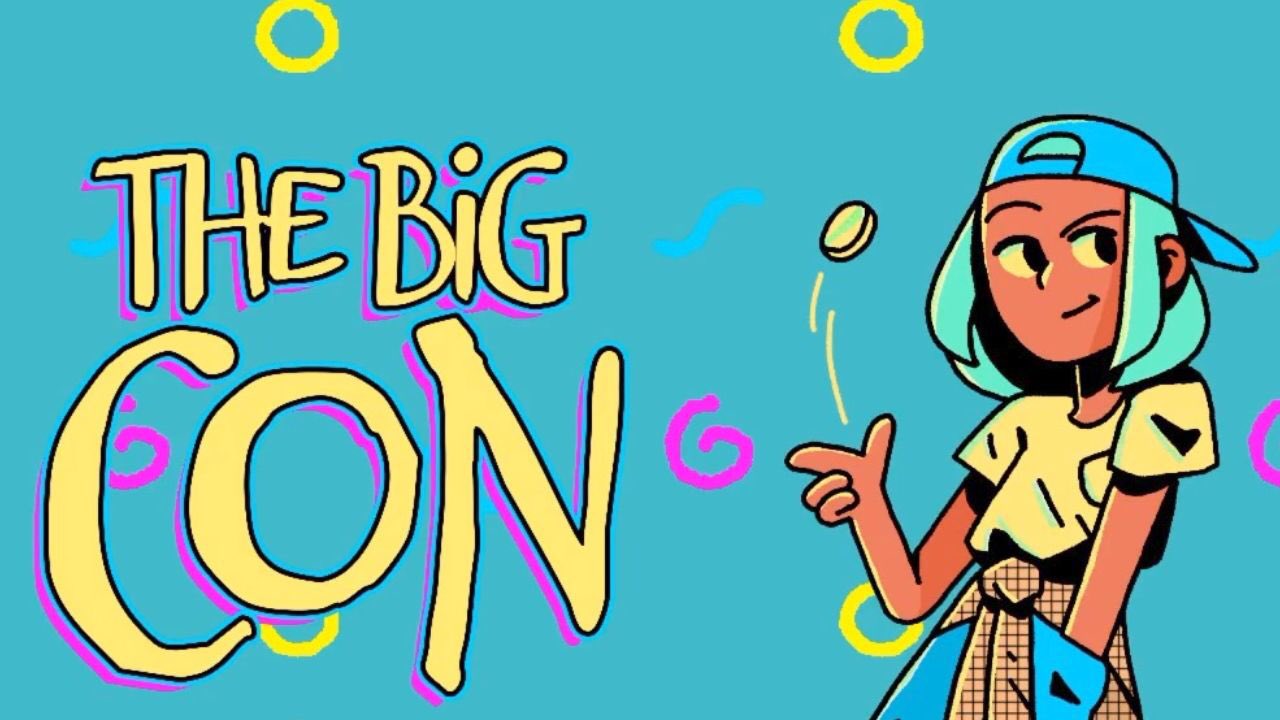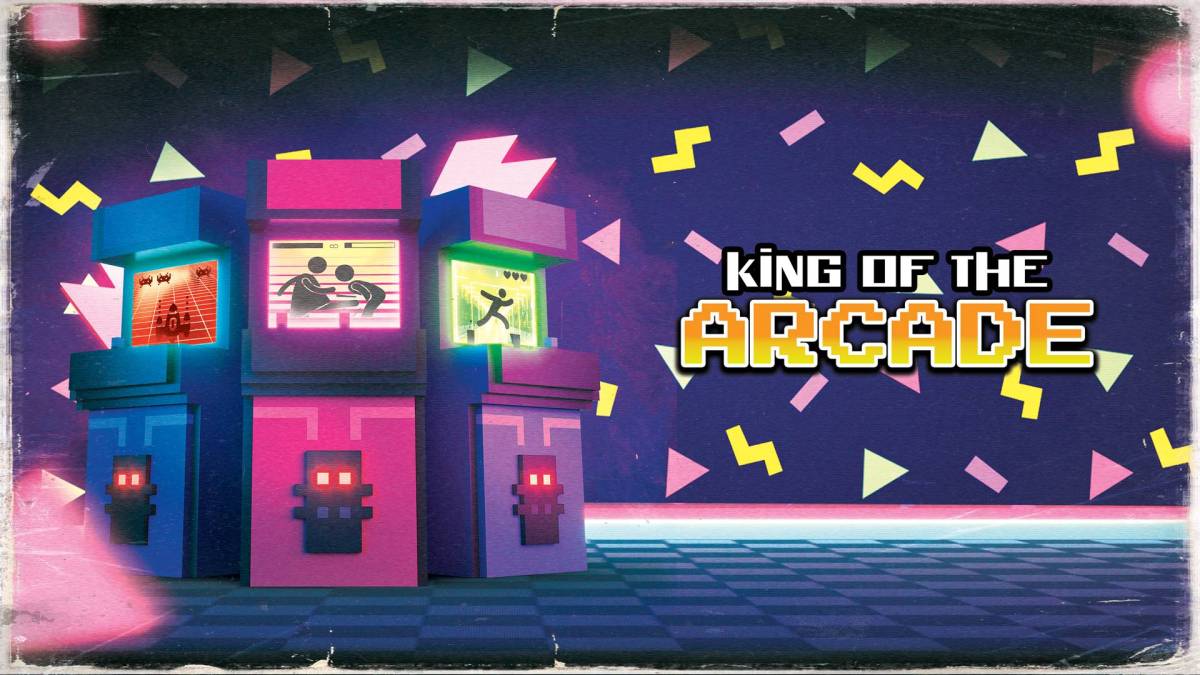
Platforms: Mac, Playstation 4, Switch, Windows, and Xbox One (reviewed)
Tackling cults isn’t really something done in video games beyond “hey, there’s this cult and they’re out to kill you, so kill them first.” You get occasional things like The Church in the Darkness that deals with infiltrating a cult to get someone out, but you never get to see things from the perspective of someone on the inside. It’s a tough topic to circle as people who get out of them don’t tend to want to talk about it publicly, making delving into it in fiction tough. What drove someone to get there? How could you not see the signs? If you did, what kept you there? These are issues that Sagebrush attempts to address in your time with it.
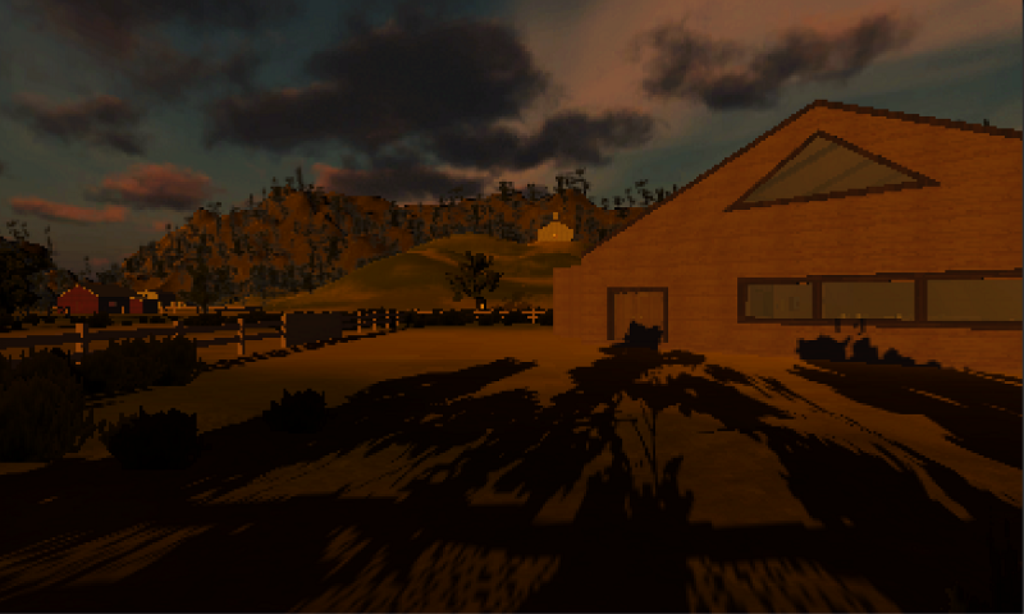
You start off breaking into an abandoned compound and the game sets up what you’ll need to be doing right away. The gate is locked, so you have to cut in through a fence. Go looking through your car, and you’ll find exactly what you need to get through the fence. Hit what seems like a dead end? There’s an item to get you through that somewhere. It’s a fairly simple adventure game in that sense, but keeping things simple on the gameplay allows for a more interesting story to unfold that would be tough to convey in another medium.
You’re not immediately sure of the role you’re playing in the game. Are you someone who got out and is now facing their past? Someone looking for answers about a loved one? It’s a mystery that you might figure out a little early if you’re really trying to piece it together. In this case, I’d recommend just going in and taking the information as it comes and let it tell you its story. Part of the experience of Sagebrush is in not completely knowing who you are or how you fit into the tale. Once the answer is revealed, things start to make sense and it goes in a different direction. It’s not a neck-snapping swing in what happens, but it changes how the game plays out a little once it happens.
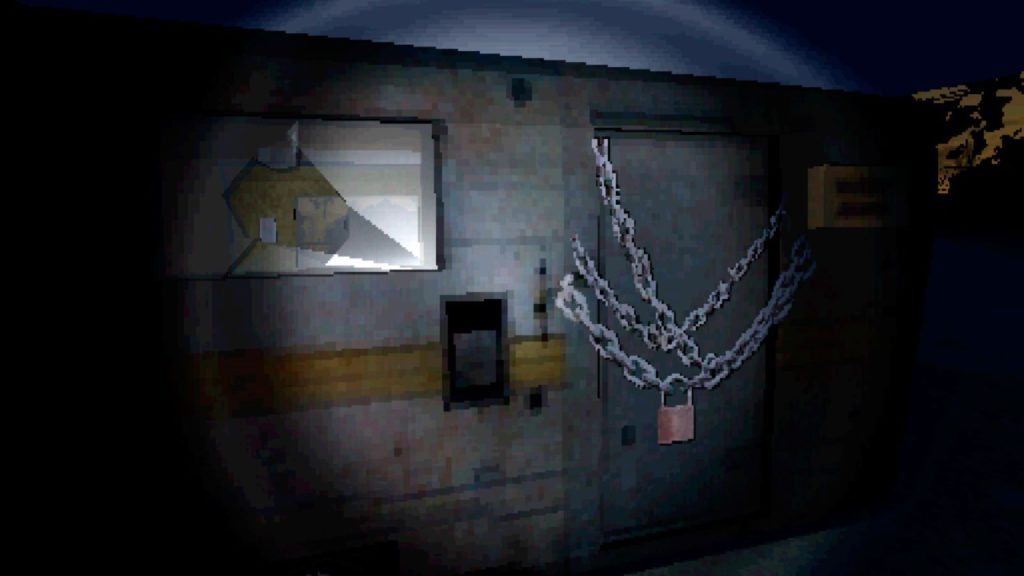
Your exploration of the compound yields the answers you’re looking for, doling them out in the form of letters, environmental cues, and tape recordings (I know). What you get out of the story is going to be what you put into it as far as looking into these things. Everything you need to flesh out the story is never so far out of the way that it feels like you’re spending a few minutes for the tiniest of kernel of information.
The voice acting in the tapes are rather well done. You get a sense of emotional distance from a traumatic event, but also, there’s a bit of self reflection in the tone. There’s enough room for interpretation that listening to them adds quite a bit to the end, really paying off the extra minute or two you effectively get locked into an area while the recording plays out. There’s enough vagueness in them that you’re not really sure when these were recorded until the end. Like most audio logs found in games, their placement seems a bit forced. As commonly as they’re used in games, I’ve just come to accept their existence as a narrative device and try not think about how little sense they may or may not make.
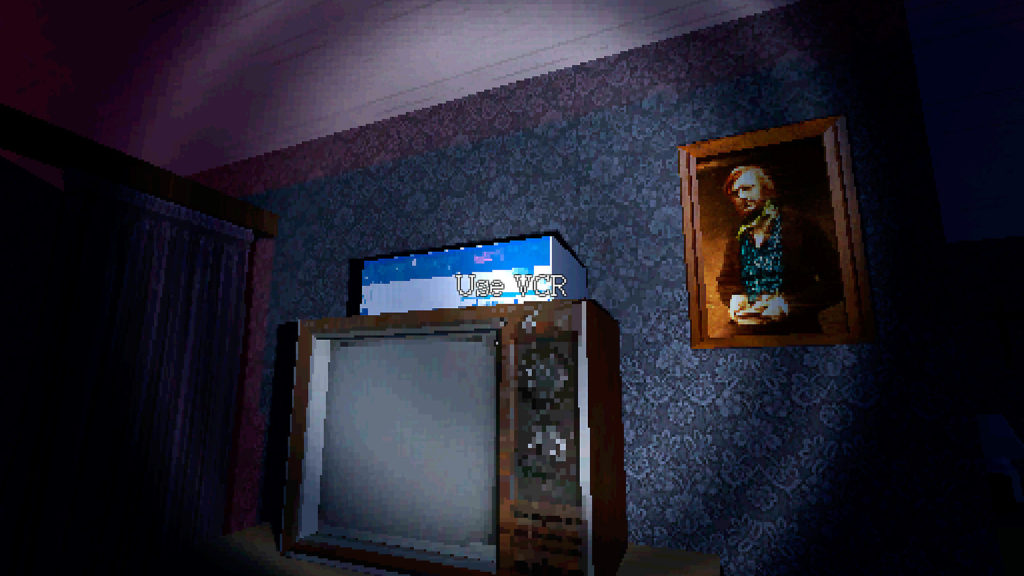
Environmental storytelling here is one of the strongest points of Sagebrush. You start off in what’s effectively a mess hall, seeing what the cult passes themselves off as to the public – a simpler life in an increasingly complex world. The more the game leads you in, the more of the cracks in the facade you start to see until you start to see what’s really going on. There’s plenty of telling you what’s going on, but what it chooses to show and not tell are little bits that the art direction lends itself to well.
Sagebrush is a low poly experience. It’s a little tough to look at sometimes, but the sparse environment helps keep you from thinking about it too much. Everything in the game is simple in appearance and wouldn’t get much out of a prettier presentation (save for a likely more expensive entrance fee). You might be able to argue for Sagebrush’s art direction once you finish the story, but that’s something I’d rather leave up to interpretation. Me saying much more than that will likely spoil the surprise in store. I’ll just say after I finished playing it, I feel like I could justify the low-poly look as another part of the storytelling.
The toughest part in telling a story about a cult that doesn’t just make them objectively bad people is in how to portray the members. Sagebrush walks a very tricky line of giving you information about people but never really telling you how to feel about them. Sure, it’s fairly safe for me to go ahead and say the leader wasn’t on the up and up, but its handling of how it presents some of the members leaves enough humanity in them, that they don’t just seem like idiots following the first person that was able to “get” them. Even the leader, if you dig just enough, has an element of sadness to him. You’ll likely not ever feel bad for him, but seeing how he ended up where he did makes a little more sense if you dig for it. Not sympathetic in the least, but there’s enough there to remember that he’s a human being who might be struggling with his own issues. How Sagebrush manages to walk the line in not really telling you how to feel with a topic that’s fairly easy to pin down on the morality scale is something impressive for such a small game. It doesn’t pull a punch in that aspect. It’s more that it never actually takes a swing at you. It presents you with the information and, by the end, trusts you with figuring out how you feel about the experience you’ve just had.
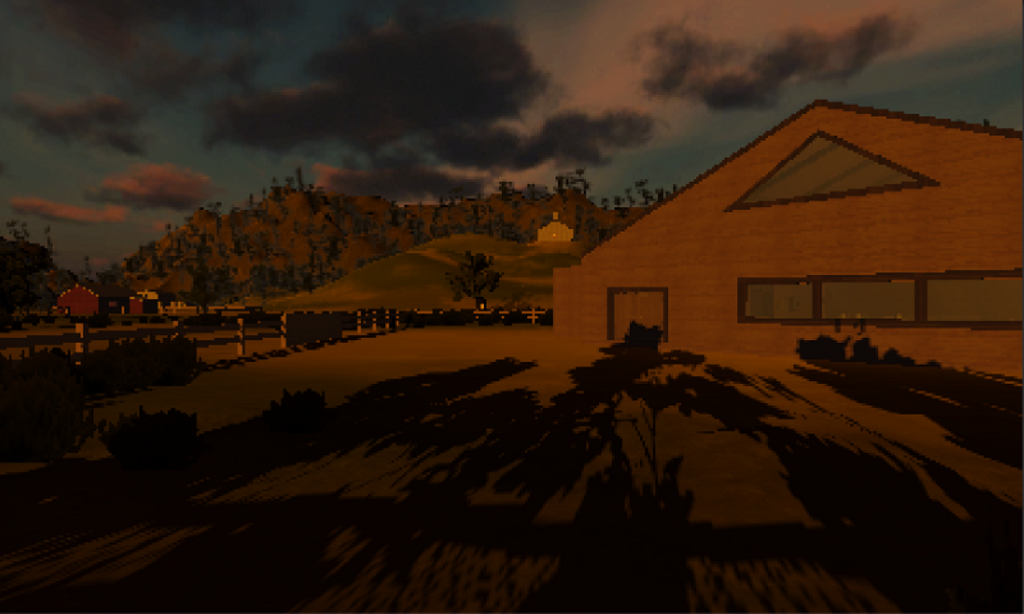
Sagebrush is something I’d recommend to someone looking for some solid storytelling that doesn’t hit you over the head with how it wants you to feel. It leaves a little mystery in its presentation until you near the end. It does a great job of giving more information than you need about the cult, but also not forcing you to engage with more than a minimal understanding of what happened unless you want to. It’s a brief game (around two to three hours), so even missing out on some of the things the first time, it’s not a huge investment in your time to go back and check out if you missed anything. Really, the only thing I feel keeps this from being a five out of five is the gameplay itself. It’s so simple and there’s not much in the way to challenge you, but it can be vague enough at times that you might be wandering about for a bit feeling lost until something clicks about where you’re supposed to go next.
If you’re looking for a game that broaches a difficult topic, Sagebrush’s handling of it is something I hope more developers look at when trying to tackle subjects that might be a bit hard to take on.



